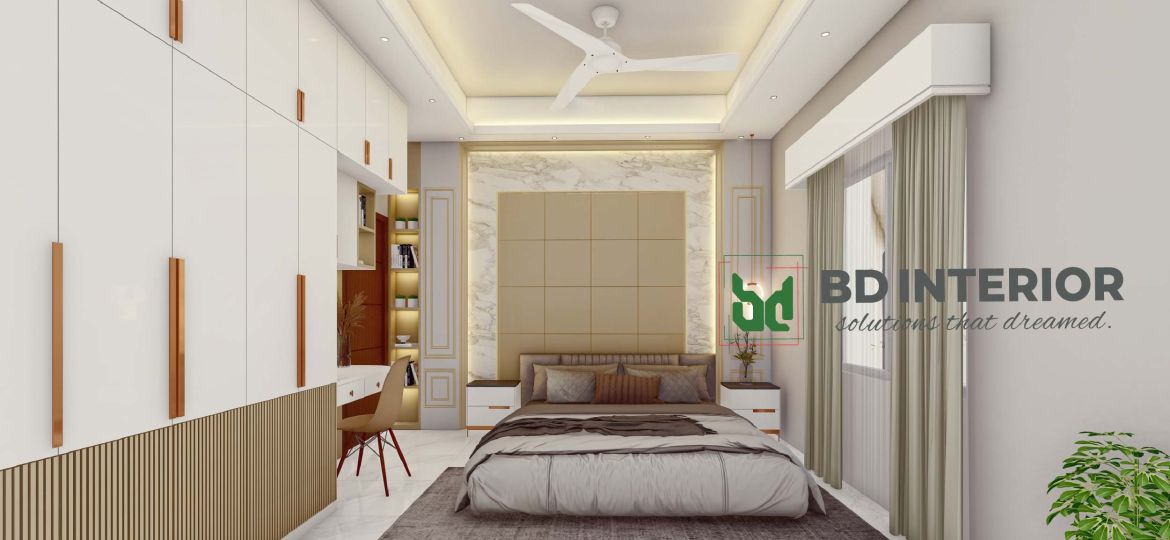
Unveiling the Timeless Elegance: A Journey Through the History of Interior Design
In the realm of architecture and design, interior design stands as a testament to human creativity, cultural evolution, and the pursuit of aesthetic harmony. From the majestic palaces of ancient civilizations to the sleek, minimalist spaces of contemporary living, interior design has undergone a fascinating journey through time, reflecting the diverse influences of culture, technology, and societal norms. Join us as we embark on a captivating voyage through the rich tapestry of interior design history.
Ancient Civilizations: The Birth of Interior Aesthetics
The origins of interior design can be traced back to the dawn of civilization, where the concept of creating functional and visually appealing living spaces first emerged. In ancient Mesopotamia, Egypt, and Greece, interior design played a pivotal role in shaping the architectural landscape, with ornate furnishings, intricate textiles, and symbolic motifs adorning the interiors of temples, palaces, and homes. These early civilizations valued beauty, symmetry, and symbolism, laying the foundation for future design principles.
The Renaissance: A Rebirth of Art and Innovation
The Renaissance period marked a significant turning point in the history of interior design, characterized by a revival of classical ideals and a renewed interest in aesthetics. Influenced by the humanist movement, Renaissance interiors exuded opulence and grandeur, with rich tapestries, elaborate frescoes, and finely crafted furniture becoming hallmarks of aristocratic living. Visionary artists and architects such as Leonardo da Vinci and Michelangelo left an indelible mark on interior design, infusing spaces with a sense of harmony, proportion, and beauty.

The Age of Enlightenment: Rationalism and Elegance
The Enlightenment era ushered in a new era of rationalism and intellectual inquiry, which profoundly impacted the field of interior design. Rejecting the excesses of the Baroque and Rococo styles, designers embraced simplicity, functionality, and symmetry, striving to create environments that were both aesthetically pleasing and conducive to rational thought. Neoclassical interiors became en vogue, characterized by clean lines, geometric forms, and a restrained color palette, reflecting the ideals of reason and order.
The Industrial Revolution: Innovation and Mass Production
The advent of the Industrial Revolution brought about a seismic shift in the practice of interior design, as technological advancements and mass production techniques revolutionized the way spaces were conceived and furnished. With the proliferation of factories and manufacturing processes, furniture and decorative items became more accessible to the masses, democratizing design and ushering in an era of mass consumerism. Styles such as Victorian, Art Nouveau, and Arts and Crafts flourished during this period, each offering a distinct aesthetic vision rooted in the ethos of the time.

Modernism: Form Follows Function
The 20th century witnessed the rise of Modernism, a design movement characterized by its emphasis on function, simplicity, and innovation. Pioneered by visionaries such as Le Corbusier, Ludwig Mies van der Rohe, and Frank Lloyd Wright, Modernist interiors eschewed ornamentation in favor of clean lines, open spaces, and the use of industrial materials such as steel, glass, and concrete. Bauhaus, a German design school founded in 1919, became a crucible of Modernist ideas, advocating for the integration of art, craft, and technology in the pursuit of a unified design language.
Postmodernism and Beyond: Pluralism and Eclecticism
The latter half of the 20th century saw the emergence of Postmodernism, a design movement characterized by its rejection of Modernist principles and embrace of historical references, irony, and eclecticism. Postmodern interiors embraced a playful mix of styles, materials, and cultural references, challenging the notion of a singular, universal aesthetic. From the Memphis Group’s whimsical creations to the sleek, futuristic designs of the late 20th century, interior design became a kaleidoscope of influences, reflecting the diverse tastes and sensibilities of a globalized world.

Contemporary Trends: Sustainability and Wellness
In the 21st century, interior design has continued to evolve in response to shifting societal values and environmental concerns. Sustainability, wellness, and biophilic design have emerged as dominant trends, with designers prioritizing eco-friendly materials, natural light, and spaces that promote physical and mental well-being. From sustainable architecture to smart home technologies, contemporary interiors are embracing innovation while staying true to the principles of responsible design and stewardship of the environment.
Conclusion: A Tapestry of Timeless Elegance
As we reflect on the rich tapestry of interior design history, it becomes evident that the evolution of design is a reflection of our collective aspirations, values, and cultural heritage. From the grandeur of ancient civilizations to the sleek minimalism of the modern era, interior design has traversed centuries, leaving an indelible mark on the built environment and the human experience. As we look to the future, one thing remains certain: the enduring allure of interior design will continue to inspire, captivate, and enchant generations to come.
0